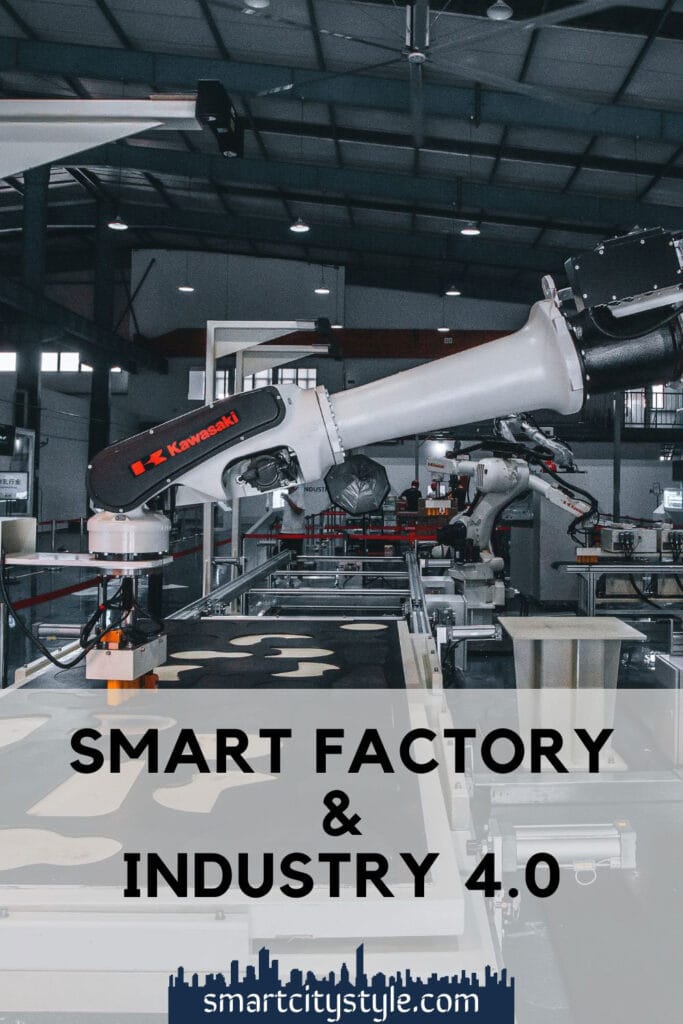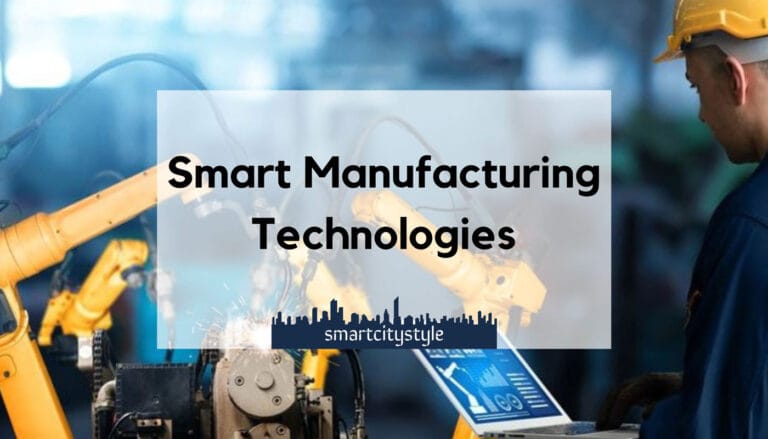Smart Factory & Industry 4.0 – Optimizing Efficiency & Productivity
The terms “smart factory” and “industry 4.0” have been coined about the ongoing revolution in the manufacturing process and distribution channels. This revolution leverages new technologies like the Internet of Things (IoT), artificial intelligence (AI), and machine learning. It combines them with big data analytics and cloud computing, taking the guesswork out of operational efficiency.
What is the correlation between the smart factory and Industry 4.0? We shall see why smart factory technology is being hailed as the future of production and discover how smart factory implementation shapes future investment decisions even as it streamlines current manufacturing operations.
The Industrial Revolutions
Production process architects consistently look for ways to plug abundant digital technology into the physical world with limited resources. The ultimate goal is to optimize production through sustainable means.
Industry 4.0 is the fourth industrial revolution, which presupposes a first, second, and third revolution preceding it. A brief background may give context to the digital transformation of production over the years.
The First Industrial Revolution
The first industrial revolution started late in the 18th century. It saw the beginning of mass production and the employment of technology to supplement human and animal power. Water- and steam-powered machines took center stage.
The Second Industrial Revolution
The next industrial revolution occurred towards the end of the 19th century. Its essential strides included the perfection of mechanization by introducing gas, oil, and electricity to power the process. It also featured the onset of assembly lines, manufacturing automation, and the introduction of the telegraph and telephone, which enhanced communication.
The Third Industrial Revolution
This industrial revolution started in the mid-20th century and was characterized by the introduction of computers and data analysis. It was the beginning of the digital transformation of factories as programmable logic controllers (PLCs) were implanted in machinery for data collection and sharing. The use of telecommunication was also enhanced.
The Fourth Industrial Revolution- Industry 4.0
Our current cycle has seen an enormous leap in industrial automation, the adaptation of smart machines in smart factories, and advanced data collection and sharing systems.
Efficiency is at the highest level as relevant data is used to derive more value and customize production to appeal to the target customers. Data from the factory floor is analyzed with other sources to guide decision-making.
How Does Production Benefit from Industry 4.0?
Industrial revolutions have always been driven by relevance and efficiency. The need gets more pronounced as natural resources get depleted. Production should reflect the actual needs of the physical world to stay relevant, which is only possible if there is a way for the process to interact with it. Smart factory transformations in this age are designed for this interaction.

Smart factories increasingly rely on AI in manufacturing, evidenced by the kind of business-driven factory innovations that are coming up. They facilitate the deployment of enterprise Resource Planning (ERP) systems that manage key operational areas.
There are provisions for the scalability of resources regarding capacity and functionality. They have enhanced production efficiency, improving both time and cost of production. Associated process and workflow automation will improve workers’ user experiences as they will use less effort to hit set targets. It will be easier to track and reward performance based on merit.
How Smart Manufacturing Makes a Factory Smart
Smart manufacturing technologies are intrinsically linked to smart factories. Each process relies on the other to create a seamless and efficient system. Let’s take a look at how smart manufacturing technologies can help make a factory smart.
Smart Manufacturing Processes
The marriage between digital technology and automation is something that is already in existence. Today, we see computers and “robots” in what could be considered as traditional factories. For a factory to be considered smart, however, it needs to have more than just a laptop.
These factories make use of more advanced automation systems and employ more smart technologies within the workflows.
For example, the kind of robots available in most smart factories today can actually move autonomously throughout the factory floor while collaborating with other robots and intelligent machines to make work more efficient and precise.
We also have machines that rely on IoT, wireless connectivity, AI and cloud computing to operate. These machines also have machine learning capabilities to not only improve on workflows but to systematically look for ways to make them more efficient based on the data gathered daily.
This also means that these machines can predict when there’s going to be an interruption in the workflow for reasons such as routine maintenance or system breakdown. Furthermore, the smart systems in place ensure that the factory can quickly adapt to alternative manufacturing processes when necessary to ensure production continuity.
Smart Manufacturing Systems
Many, if not all of the processes in a smart factory are controlled by computers. These computers use different software depending on what it’s designed to achieve. The most common smart factory software includes:
These systems can be accessed by authorized personnel including managers, workers and stakeholders. Empowered by big data, these systems rely on data analytics to provide the users with real-time data analysis which goes towards informing crucial production decisions. With these kinds of insights, smart factories can achieve better cost savings and more efficiency.
Future Projections for The Smart Factory and Industry 4.0
The dwindling levels of natural resources compared to the projected global population growth shows a need for restraint.
Our manufacturing practices should factor in sustainability, meaning we should avoid wastage and find ways to optimize the little we have. Data analysis enables us to establish trends and identify the most appropriate resources for efficiency, while industrial automation ensures the execution is accurate.
Flexibility and agility are also vital if the factory is to remain competitive in a market where the competition is also privy to all the information you have. This requires a production system that is scalable and easy to deploy. Smart factories are here to stay and will only get more technologically advanced as new solutions are developed.
There is an emerging crop of manufacturing execution system (MES) providers with collaborative software suites capable of streamlining the manufacturing process across connected devices. The right packaged solution will enhance your factory operations, increasing production at a lower input cost.
Inspired? Pin it!







